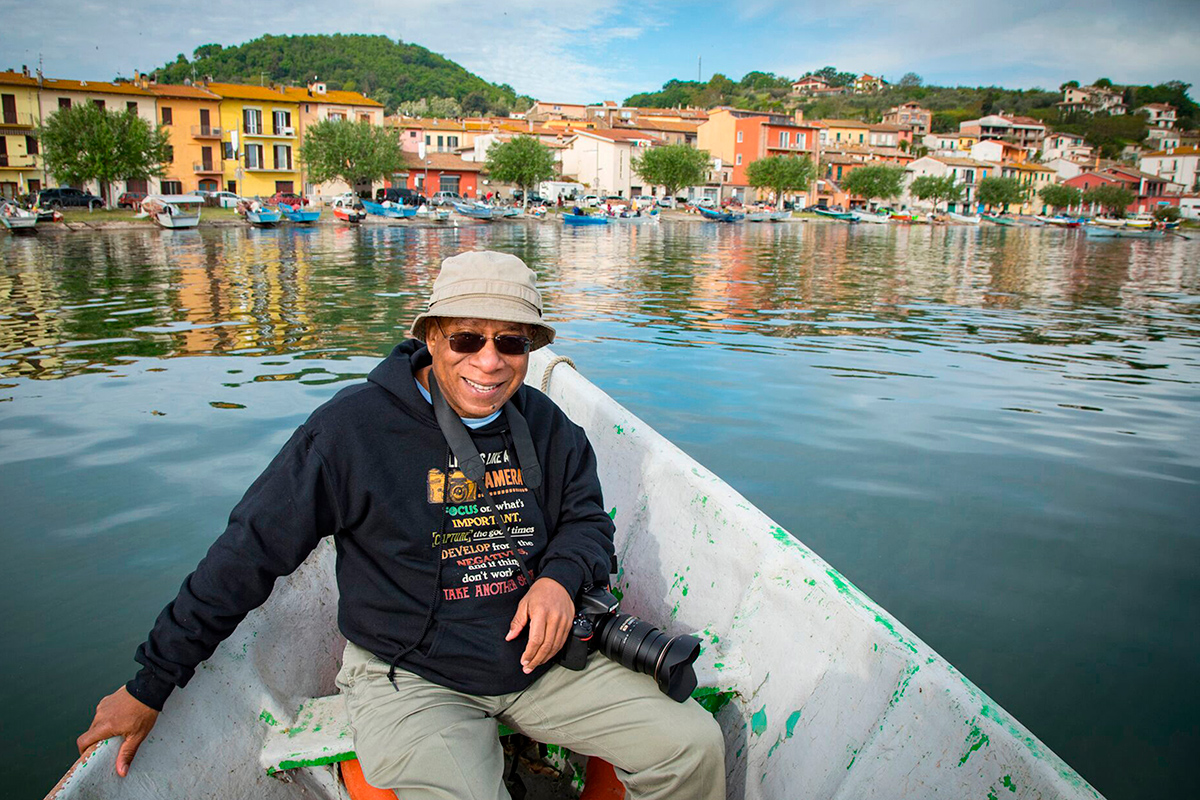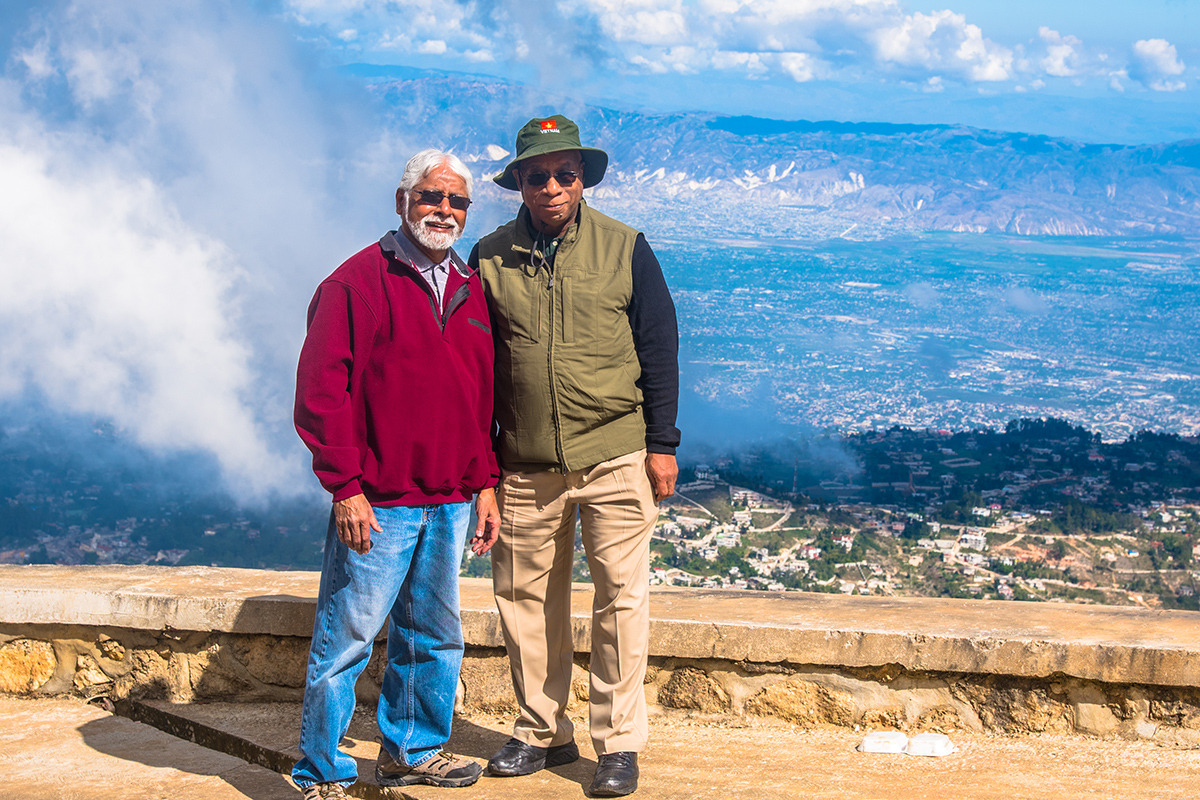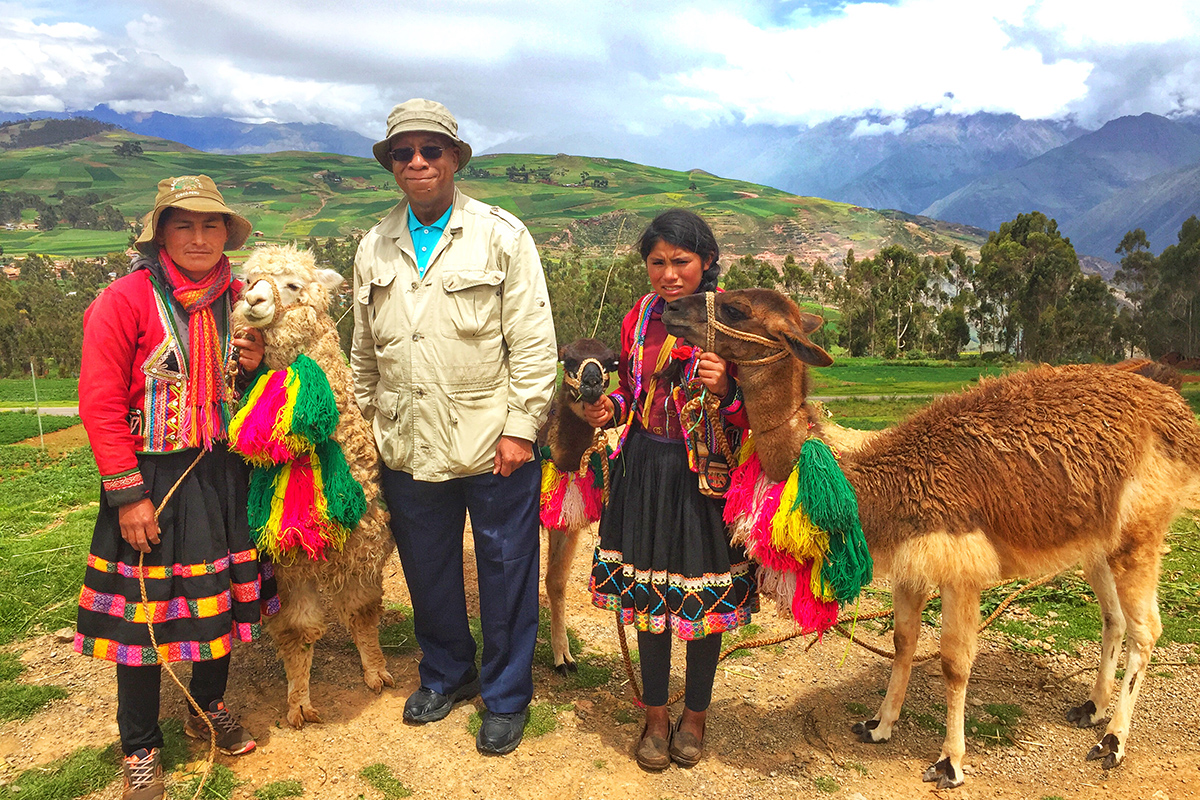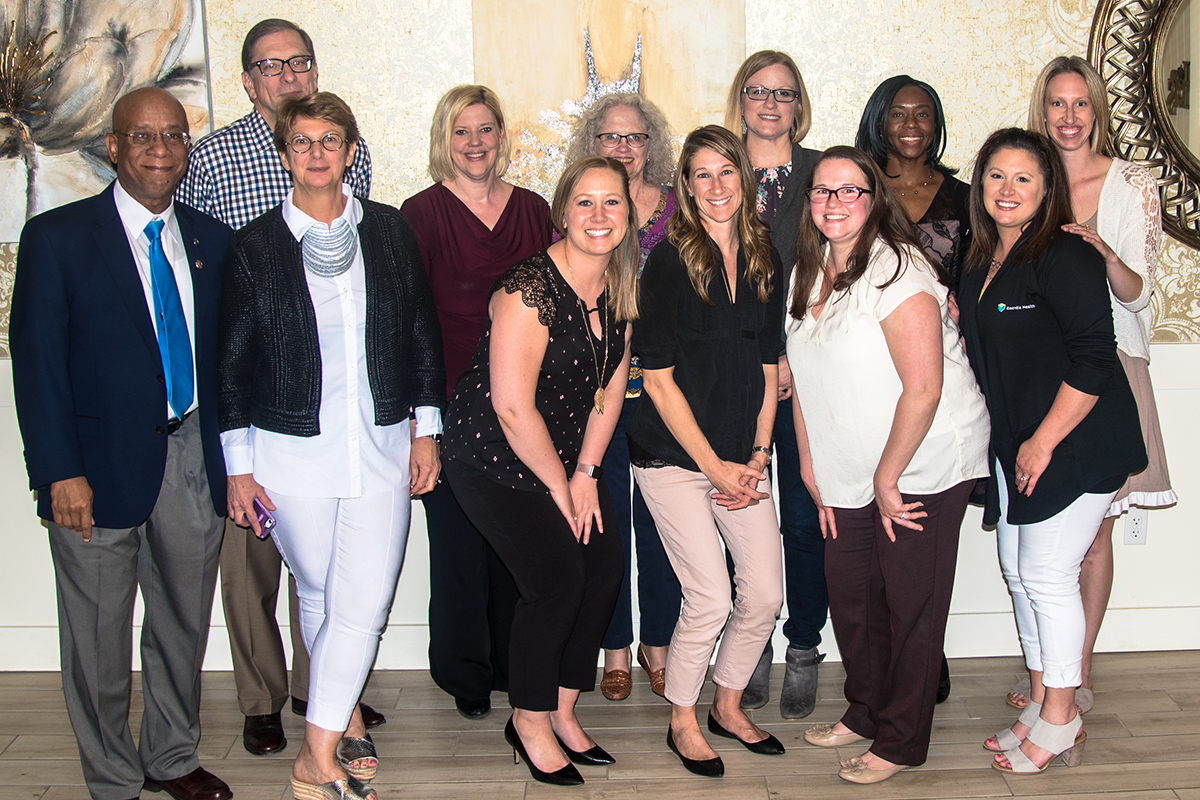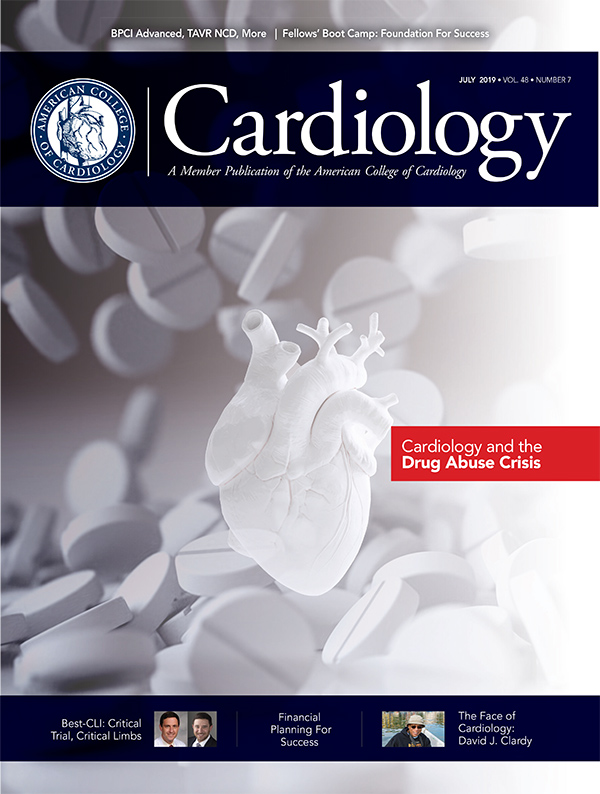Face of Cardiology | Life Beyond Work: David J. Clardy, MD, FACC
World traveler, history buff, photography enthusiast – and esteemed cardiologist – David J. Clardy, MD, FACC, shares his path to cardiology and talks about his career that's been focused on prevention to most impact patients. He offers a reminder of the essential need to develop a life beyond work to best serve patients and practice self-care.
Currently the Governor of ACC's North Dakota Chapter and serving on the College's Board of Governors, he works at the Sanford Heart and Vascular Center in Fargo, ND.
What spurred your interest in medicine and specifically cardiology?
In my undergraduate years at the University of Chicago, I was particularly drawn to biology. I went on to earn my bachelor's degree in the subject. Of all the areas in biology, the study of human anatomy and physiology most fascinated me.
I went on to attend medical school at Washington University in St. Louis, MO, and it was there that the spark truly ignited. I took a pathophysiology course in cardiology which was excellent, with top-notch instructors – and I became fascinated with the heart as an organ.
There were so many aspects of the heart that could be studied, such as muscle mechanics, valve function, electrophysiology, coronary anatomy, and so forth, and I found that really compelling.
Additionally, because heart disease was – and remains – so prevalent, not only was the study of cardiology itself interesting to me, I felt I could make a true impact in this area for patients.
Mentors play a pivotal role for many in developing their career. Who were your mentors and how did they influence your career in medicine?
I've had many mentors throughout my career, beginning in medical school where I took a pathophysiology course that was taught by Alan N. Weiss, MD, FACC. He was a clinical cardiologist who had an extensive knowledge of cardiology and possessed superior skills in the art of physical examination.
I was impressed by his command of cardiology and he planted the initial seeds of interest that inspired me to go into this field. I was also inspired by the late Burton Sobel, MD, FACC, who was on the faculty of Washington University in St. Louis when I was in medical school. He was one of the early experts in the development of thrombolytic therapy for acute myocardial infarction.
Robert E. Kleiger, MD, was another one of my early mentors. Not only did Kleiger have an encyclopedic knowledge of cardiology but could teach how to apply the principles of the pathophysiology of the heart to the treatment of patients.
Do you have a specialty area within cardiology?
One of my special areas of focus in cardiology is imaging, including echocardiography, myocardial perfusion imaging and computed coronary tomography angiography. I believe these modalities are extremely crucial in determining who qualifies for further evaluation.
Imaging helps to assess whether a patient needs to go on to cardiac catheterization and ultimately percutaneous or surgical intervention, or alternatively whether continued observation and medical intervention are most appropriate.
Preventive cardiology is my other major area of interest. I feel this is an area that has not received enough attention. A large body of recent research has demonstrated the importance of lifestyle in the management of heart disease.
I've been very happy to see the emphasis that the College has recently placed on beneficial lifestyle management, especially when it comes to a heart-healthy diet and physical activity.
Please share with us your membership journey in ACC.
I've been a member of the ACC since 1987. But, I became actively involved when I really began to understand the important role of the College – including its goals and issues for which it advocates, especially for patients. I've served two terms as the ACC Governor for my state of North Dakota, from 2006-2010 and 2016-2020.
ACC's Mission has always been to better equip and enable its members to fulfill their mission, which is to deliver the best possible cardiovascular care to their patients.
The ACC accomplishes this by working toward educating its members about such issues as new health care legislation, reimbursement considerations, advocacy and recertification, just to name a few.
Most of us in a busy practice would ordinarily not have the time to always be up-to-date on these issues and active membership in the ACC provides this opportunity. I feel I've been fortunate to have been active in the College.
Have you faced any obstacles in your career and how did you overcome them?
A career in cardiovascular medicine can be rigorous, requiring long hours, overnight call, taking care of critically ill patients, and more. These obstacles are not unique to me. All of my colleagues and peers are fighting the same battles.
Among the things that have helped me re-center and unwind from a demanding – yet incredibly rewarding – career is time away and participation in nonmedical activities, like running, playing tennis, reading history and traveling. These activities allow me to keep a healthy mental attitude and maintain my appreciation and love for the work I do.
You touched on something very important to the College – a focus on improving physician well-being. This is part of its Strategic Plan. How do you manage the many competing demands on your time?
Work/life balance is extremely important in the promotion of physician well-being. Most of us went into this field to be advocates for our patients. To do this, we must be mentally and physically healthy as clinicians. A heart-healthy diet, exercise and sleep are incredibly important.
Just as important are hobbies outside of the medical space. I'm an affiliate member of the Howard University Medical Alumni Association. Every January, around the time of the birthday of Martin Luther King Jr., we travel together.
We've visited locations such as Cuba, Costa Rica, Peru and other countries in the Caribbean, where we give presentations in the morning and sightsee in the afternoon. Often we're also able to visit and tour the medical facilities in these countries and some of their health care professionals come to our sessions and discuss the status of health care in their countries.
It is a very rewarding and educational experience.
In addition, I'm able to bond with other health care professionals from different disciplines and overall broaden my perspective on health care. Photography is another, totally nonmedical activity for me.
I've had the opportunity to participate in photography workshops in Vietnam and Italy. This requires a discipline that requires a thought process totally outside the field of medicine. This – along with my many other hobbies – is an important piece in maintaining a healthy work/life balance.
What's your advice for those just starting their careers?
I cannot stress enough the importance of balance between work and personal life. I encourage physicians beginning their career to foster and feed their hobbies.
I encourage Early Career Professionals to become or stay active in the College. The ACC is our organization and it represents all of us across the entire cardiovascular care team.
Our full and active participation is what will feed the ACC to meet its Mission to transform cardiovascular care and improve heart health and to realize its Vision of a world where innovation and knowledge optimize cardiovascular care and outcomes.
ACC depends on us collectively to determine its goals and direction. We are the College – so be sure to get and stay involved.
Looking ahead, I support the efforts of the College to promote diversity in our profession by encouraging minority and underrepresented students to pursue a career in cardiovascular medicine.
We should establish mentorship programs to link such prospective candidates with ACC members. This would be of special interest to me and I'd be an enthusiastic supporter.
I also suggest creating conferences and seminars to address cultural sensitivity and its importance in the practice of cardiology.
Last thoughts to share with your fellow ACC members?
Often when people find out I'm a cardiologist, they will mention they hope to never have to see me professionally. I remind them the time to see me is now before they develop heart disease. Together we can work on approaches to behavior and lifestyle management that will help prevent heart disease from developing.
I firmly believe that our profession and each of us as professionals need to devote more time and resources to preventive cardiology. I applaud the ACC for remaining dedicated to this important aspect. There is no time like the present!
Clinical Topics: Arrhythmias and Clinical EP, Cardiovascular Care Team, Diabetes and Cardiometabolic Disease, Invasive Cardiovascular Angiography and Intervention, Noninvasive Imaging, Prevention, Implantable Devices, SCD/Ventricular Arrhythmias, Atrial Fibrillation/Supraventricular Arrhythmias, Interventions and Imaging, Angiography, Echocardiography/Ultrasound, Nuclear Imaging, Exercise
Keywords: ACC Publications, Cardiology Magazine, Angiography, Cardiac Catheterization, Critical Illness, Echocardiography, Electrophysiology, Exercise, Faculty, Heart Diseases, Heart, Myocardial Infarction, Myocardial Perfusion Imaging, Physicians, Schools, Medical, Thiadiazines, Thrombolytic Therapy, Tomography, Work-Life Balance
< Back to Listings


